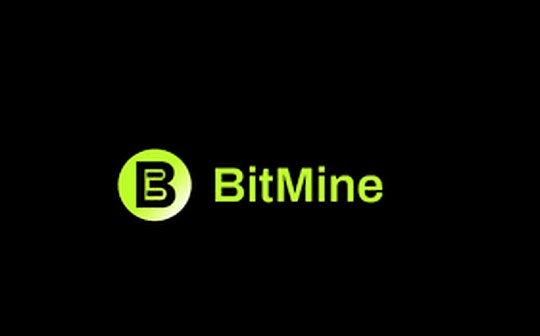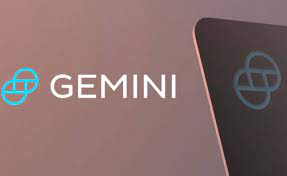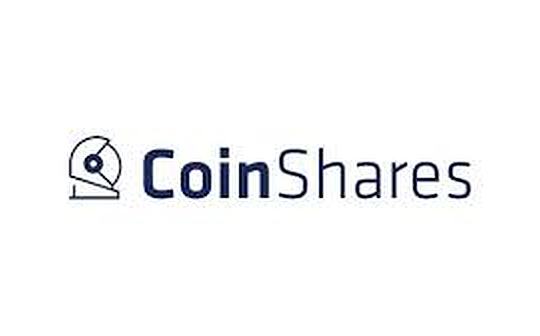
As we lead the investment in Titan, a leading meta-aggregator on Solana, we wish to share our perspective on Solana's evolving market microstructure and Titan's positioning within this rapidly changing landscape.
I. The Evolution of Solana's Trading Infrastructure
Over the past two years, driven by a surge in retail trading activity and the unique demands of high-frequency on-chain trading, Solana's market structure has undergone a radical transformation. This evolution began with traditional order book exchanges like Serum and Phoenix – market makers actively provided liquidity on these platforms, resulting in tighter spreads compared to passive Automated Market Makers (AMMs) using the standard xy=k bonding curve. Initially, these platforms dominated the price discovery process, especially during the meme coin frenzy in early 2024, where Phoenix handled significant large trade flows. However, both historically and presently, the performance of these platforms has consistently lagged behind the order books of centralized exchanges.
On-chain trading infrastructure faced severe challenges. During the peak congestion period from March to May 2024, Solana became nearly "unusable" for market makers: traders sent thousands of transactions per second, but only 2-3 ultimately succeeded on-chain; updating order book quotes consumed hundreds of thousands of compute units (Solana's unit of computational measurement), drastically increasing the difficulty of transaction scheduling. More critically, public quotes on exchanges like Phoenix made market makers vulnerable to sniping by sophisticated arbitrageurs. Even with substantial retail volume, toxic order flow eroded market making profits.
II. The Rise of Proprietary AMMs
In the fall of 2024, this pressure gave birth to "proprietary AMMs" or "dark pool AMMs." These protocols signify a fundamental shift in how professional market makers provide liquidity on Solana: unlike traditional AMMs, proprietary AMMs do not公开 their source code or matching logic, instead integrating directly with routing protocols like Jupiter while keeping their pricing algorithms strictly confidential.
Proprietary AMMs employ preference curve mechanisms, allowing them to update liquidity across multiple markets by adjusting just a few parameters, without dealing with complex order book structures. This efficiency enables them to offer tighter spreads while avoiding toxic order flow by "preventing arbitrageurs from interacting directly with the contract." This has created a cat-and-mouse game: sophisticated traders attempt to "disguise themselves as non-toxic order flow" to access these better quotes through aggregators.
The traditional order book model is fundamentally breaking down on Solana, and this is a feature of DeFi composability, not a bug. The core issue lies in the economics of state management: maintaining a full order book on-chain requires updating multiple price levels with every market move; coupled with Solana's priority fees and Jito tips, each update can consume hundreds of thousands of compute units, making it economically unfeasible for market makers to maintain competitive quotes across dozens of price levels.
Traditional order books consolidate different orders into a unified structure, allowing takers to obtain the best price through an auction mechanism. But on Solana, aggregators have become the synthetic order book, and proprietary AMMs act as smart order submitters – modifying a single parameter updates the entire pricing curve. The realization of this model relies entirely on DeFi composability: smart contracts can achieve atomic interactions within a single transaction, which is simply impossible in the closed systems of traditional finance or the opaque matching engines of CEXs.
Instead of maintaining high-cost state across multiple independent price levels (each requiring separate updates), proprietary AMMs use oracle-based pricing curves – a single transaction updates all quotes, equivalent to submitting 100 orders simultaneously on a traditional order book. This composable architecture deconstructs and reconstructs the order book, forming a distributed price discovery mechanism: aggregators act as the matching engine, proprietary AMMs provide liquidity, mathematical optimization ensures optimal execution, all while maintaining atomic composability.
III. The Fragmented Market's Need for High-Quality Aggregation
Today's Solana trading landscape is highly fragmented: over 10,000 liquidity pools, multiple proprietary AMMs each with their own pricing logic, coupled with varying quotes from traditional DEXs. Efficient aggregation has become crucial for achieving competitive trade execution. In this fragmented environment, price discovery cannot proceed efficiently without sophisticated routing algorithms capable of navigating complex liquidity networks.
Both elastic and inelastic users on Solana ultimately need to go through aggregators to obtain the best price – aggregators currently handle 81% of the network's DEX volume. This stands in stark contrast to Ethereum, where only 20% of trades flow through aggregators. The dominance of aggregated trade flow on Solana provides strong impetus for continued innovation in routing technology.
IV. Titan's Mathematical Advantage
This is precisely where Titan comes in. While most aggregators use classic path-finding algorithms like Bellman-Ford, Titan employs pure mathematical optimization techniques to achieve superior trade execution.
The core difference lies in precision: path-finding algorithms "chunk" liquidity (e.g., discrete percentages like 10%, 20%), leading to efficiency loss when splitting trades across venues; whereas Titan's convex optimization method can precisely allocate any proportion of trade volume across multiple liquidity pools, extracting maximum value from fragmented liquidity with machine-level precision.
This is not a simple incremental improvement. The mathematical optimization approach allows Titan to incorporate more liquidity pools into its routing calculations, finding optimal paths that classical algorithms cannot discover. In practical terms, this means users consistently get better quotes: receiving noticeably more of asset X when swapping asset Y.
V. The Economics of Titan's Incremental Improvement
Consider the compounding effect of Titan's empirically proven execution improvement. If a trader executes $1,000 swaps, saving an average of 21 basis points (0.21%) per trade through Titan, the long-term accumulated value is considerable:
For an active trader executing 10 trades daily, Titan's superior routing saves $7,665 annually through linear accumulation alone.
If these savings are reinvested and grow with compounding, the annual benefit increases to $10,384, 35% higher than simple linear收益.
For algorithmic trading strategies that dominate Solana's volume, Titan's execution advantage is even more practically significant. Wallets like Phantom charge fees based on user trading proceeds, so Titan's consistent "outperformance" directly translates to user收益. For example, gaining an extra 0.5 SOL per trade (increasing from 99.5 SOL to 100 SOL) via Titan's optimized routing, when compounded over thousands of trades, leads to real portfolio growth positively correlated with trade frequency and size.
VI. Future Outlook: The Evolution of Market Structure
Looking ahead, we believe the following major trends will shape Solana's market structure:
Zero-fee competition will intensify as aggregators vie for market share. The payment for order flow (PFOF) market in traditional finance provides a strong reference for sustainable monetization: in May 2024 alone, US retail brokerages earned $461 million in PFOF revenue, with Robinhood earning over $100 million monthly. This model works because market makers value non-toxic retail order flow.
Unlike the standardized National Best Bid and Offer (NBBO) in traditional markets, Solana's PFOF model is more granular: DEXs and market makers can tier order flow based on wallet addresses or execution complexity.
Titan's development path mirrors that of Interactive Brokers: starting as a technology-first execution platform before gradually expanding into a full-service broker. Similar to Interactive Brokers, Titan can monetize in several ways: charging execution fees to sophisticated traders, generating revenue through order flow arrangements, and providing premium services to institutional clients. The key difference is that Solana's fragmented market structure makes the value of superior routing technology even more pronounced.
As more sophisticated trading firms launch proprietary AMMs, liquidity provider fragmentation will persist. Teams like Wintermute, Wincent, and new entrants continuously upgrade their algorithms, driving an arms race in execution quality. While this benefits users through tighter spreads, it also demands greater sophistication from aggregation services.
With upgrades like Alpenglow, Solana's transaction finality times will shorten, which not only reduces slippage but also allows for more precise quotes. As block times shorten and finality efficiency improves, aggregators can reduce the "buffer for adverse price movements" built into their quotes, thereby offering tighter spreads.
While RFQ systems increase latency, they guarantee execution at the quoted price. This trade-off between speed and certainty can provide differentiated services for various user segments.
VII. Titan's Strategic Positioning
We believe that within this evolving landscape, Titan possesses a unique ability to capture value. Beyond the technical advantages derived from mathematical optimization, the platform can generate revenue through multiple channels: integration partnerships with wallets, premium products for sophisticated traders, and order internalization opportunities emerging with growing volume.
Even more attractive is the incentive alignment mechanism: Titan only charges fees when it outperforms competitors, directly linking the protocol's success to user value. With a proven track record of superior win rates and increasing adoption by major wallets, Titan represents a fundamental advancement in on-chain price discovery mechanisms.
As Solana's infrastructure matures and institutional adoption accelerates, market demands for execution quality will continue to rise. Platforms that can consistently create value for users in an increasingly complex environment are poised to gain a competitive edge in the market.
















